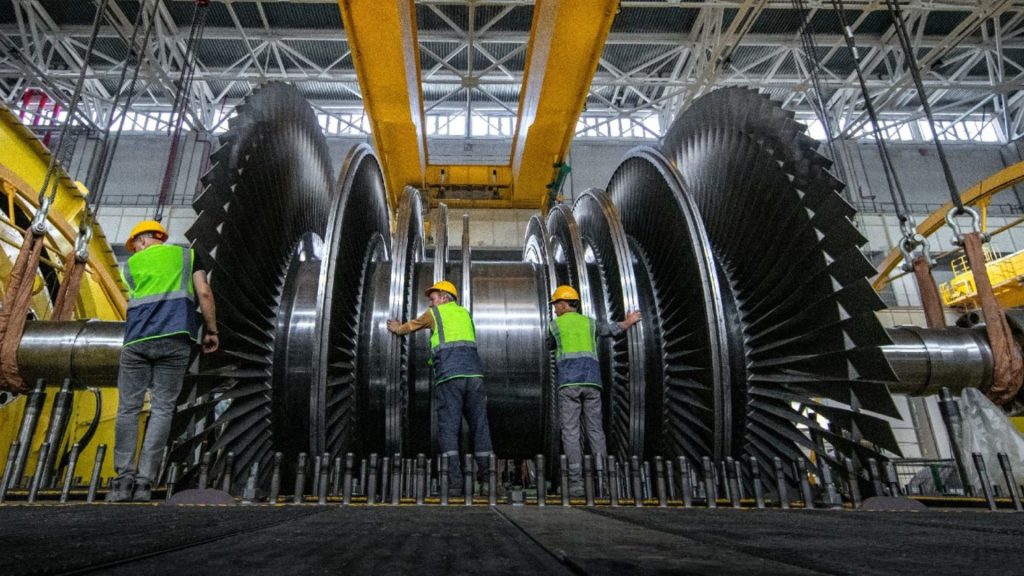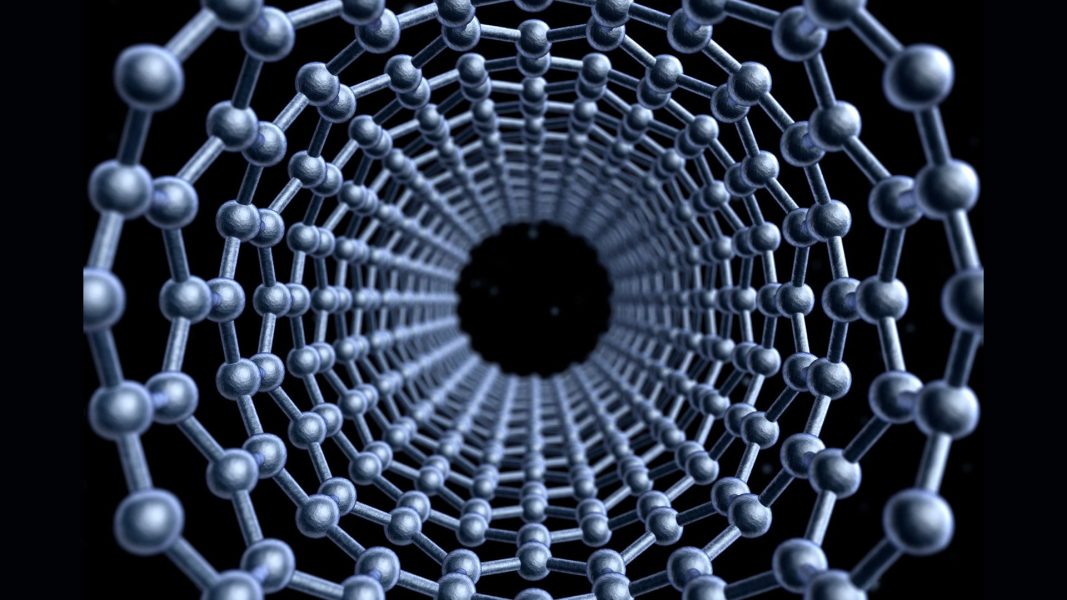Russia’s plasma engine could reach Mars in 30 days, drastically reduce space travel time – Interesting Engineering

This engine utilizes hydrogen as fuel, accelerating charged particles—electrons and protons—to a remarkable speed of 100 km/s (62 miles/s).a day agoa day agoa day agoa day agoa day ago2 days ago2 days ago2 days ago2 days ago2 days ago27 minutes ago2 hours ago4 hours ago6 hours ago8 hours ago8 hours ago8 hours ago8 hours ago8 hours ago8 hours agoAman TripathiRosatom scientists have created a laboratory prototype of a plasma electric rocket engine based on a magnetic plasma accelerator.RosatomRosatom scientists have announced the development of a plasma electric rocket engine that they claim could send spacecraft to Mars in just one to two months.As reported by Russia’s Izvestia newspaper, unlike traditional rocket engines that rely on fuel combustion, this innovative propulsion system utilizes a magnetic plasma accelerator and promises to reduce interplanetary travel time significantly.“A plasma rocket motor is a type of electric motor. It is based on two electrodes. Charged particles are passed between them, and at the same time a high voltage is applied to the electrodes,” Egor Biriulin, a junior researcher at Rosatom’s scientific institute in Troitsk, told Izvestia.“As a result, the current creates a magnetic field that pushes the particles out of the engine. Thus, the plasma receives directional motion and creates thrust.”Under this approach, hydrogen is used as fuel, and the engine accelerates charged particles – electrons and protons – to a speed of 100 km/s (62 miles/s).“In traditional power units, the maximum velocity of matter flow is about 4.5 km/s, which is due to the conditions of fuel combustion. In contrast, in our engine, the working body is charged particles that are accelerated by an electromagnetic field,” said Alexei Voronov, first deputy general director for science at the Troitsk Institute, as reported by Izvestia.A faster journey to Mars would not only increase efficiency but also minimize the risks associated with prolonged exposure to cosmic radiation for astronauts.A laboratory prototype of the engine has already been developed at Rosatom’s Troitsk Institute.This prototype will be subjected to extensive ground testing to refine its operational modes and pave the way for the creation of a flight model, expected to be ready by 2030.“The engine operates in pulse-periodic mode. Its power is about 300 kW. Earlier, the engine resource of more than 2400 h was justified, which is enough for a transportation operation to Mars,” Konstantin Gutorov, the project’s scientific adviser, told the Russian newspaper.A specialized experimental stand has been built to simulate the conditions of space, reported World Nuclear News. This 4-meter diameter, 14-meter long chamber is equipped with advanced sensors, vacuum pumping systems, and heat removal mechanisms.While the initial launch into orbit will rely on traditional chemical rockets, the plasma engine will be activated once the spacecraft reaches its designated orbit. This technology could also be incorporated into space tugs used for transporting cargo between planets.The engine’s design involves two electrodes with a high voltage applied across them. As charged particles pass between the electrodes, a magnetic field is created, propelling the particles out of the engine and generating thrust.“Another positive feature of the new installation – in the proposed mechanism, the plasma does not need to be strongly heated. As a result, parts and components of the engine do not experience temperature overloads, and the electrical energy used for its operation is almost completely converted into motion,” concluded Biriulin.With a calculated thrust of approximately 6N, the highest among comparable projects, the engine is expected to enable smooth acceleration and deceleration phases during interplanetary travel.While these developments are promising, it’s important to note that peer-reviewed scientific papers or detailed technical documentation are yet to be published to verify these claims independently.The arena of space propulsion technology has been witnessing several advances. Recently, an Italy-based research team revealed that they are working on developing a space propulsion system that will use water as fuel.Scientists are also testing the concept of lightsails that use the pressure from lasers or starlight to propel spacecraft.However, it must be noted that these technologies are still in their nascent stages, and it may take years before they can be used in real-world missions.Stay up-to-date on engineering, tech, space, and science news with The Blueprint.By clicking sign up, you confirm that you accept this site’s Terms of Use and Privacy PolicyAman Tripathi An active and versatile journalist and news editor. He has covered regular and breaking news for several leading publications and news media, including The Hindu, Economic Times, Tomorrow Makers, and many more. Aman holds expertise in politics, travel, and tech news, especially in AI, advanced algorithms, and blockchain, with a strong curiosity about all things that fall under science and tech.a day agoa day agoa day agoPremiumIE PROFollow
Source: https://interestingengineering.com/space/russia-plasma-engine-could-reach-mars-early





